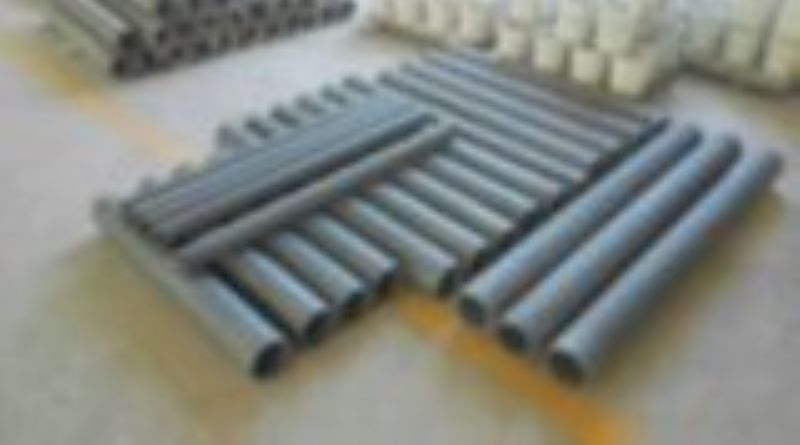Silicon carbide pipes tube
Location:
How to properly use and maintain ceramic silicon carbide tubes
2025-01-27
Proper Use
Handling with Care: When transporting and installing ceramic silicon carbide tubes, handle them with extreme care to avoid any collision or impact. These tubes are brittle and can easily crack or break. Use appropriate lifting tools and protective packaging to ensure their integrity.

- Correct Installation: Before installation, make sure to check the dimensions and specifications of the tube to ensure it matches the requirements of the equipment. Install the tube according to the manufacturer's instructions, ensuring a proper fit and connection. Avoid forcing the tube into place, as this may cause stress and potential damage.
- Operating Conditions: Operate the ceramic silicon carbide tube within the recommended temperature and pressure range. Exceeding these limits can lead to a reduction in the tube's performance and lifespan. For example, most ceramic silicon carbide tubes are suitable for high-temperature applications, but it is crucial to stay within the specified temperature ceiling, typically around 1600°C - 1800°C depending on the specific material composition.
- Media Compatibility: Ensure that the substances flowing through the tube are compatible with the ceramic silicon carbide material. Some chemicals may react with the tube, causing corrosion or other forms of damage. For instance, avoid contact with strong acids and alkalis unless the tube is specifically designed to resist such substances.
Maintenance
- Regular Cleaning: Periodically clean the surface of the ceramic silicon carbide tube to remove dust, dirt, and any accumulated substances. Use a soft brush or cloth and a suitable cleaning agent. Avoid using abrasive materials that could scratch the surface. For tubes used in high-temperature furnaces, it is common to use compressed air to blow away loose particles before and after each use.
- Inspection for Damage: Regularly inspect the tube for any signs of damage, such as cracks, chips, or erosion. Even small cracks can grow over time and lead to catastrophic failure. If any damage is detected, replace the tube immediately.
- Temperature Cycling: When heating and cooling the tube, follow a proper temperature cycling procedure. Rapid temperature changes can cause thermal shock and damage the tube. Gradually increase or decrease the temperature at a rate that is within the recommended range for the specific tube.
- Storage Conditions: When the ceramic silicon carbide tube is not in use, store it in a dry and clean environment. Protect it from moisture, which can cause surface degradation, and from mechanical damage. It is advisable to store the tubes in a dedicated rack or container to prevent them from being knocked over or damaged.
- Lubrication (if applicable): If the tube has moving parts or connections that require lubrication, use a lubricant that is compatible with the ceramic silicon carbide material and the operating conditions. This helps to reduce friction and ensure smooth operation.
Previous page:No data

